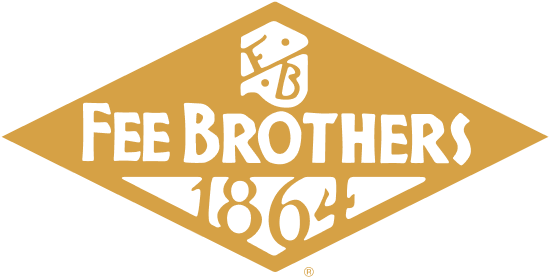160 Years of Quality and Innovation
Our ancestors came in search of the American Dream, seeking the opportunity our great country was known for. They did more than exemplify that spirit. They paved a path for generations to come with a commitment to quality and innovation that has stood the test of time.
On behalf of our family, may a dash of Bitters always make it better!
Cheers, Jon and Benn
5 Generations of History


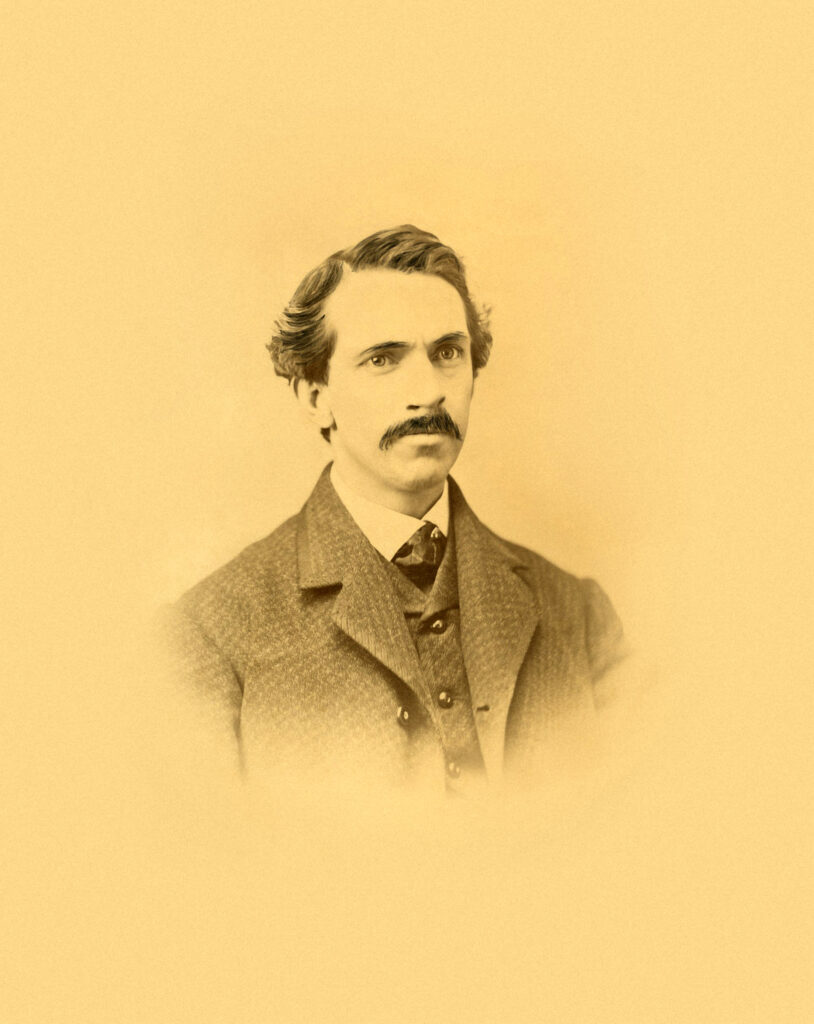

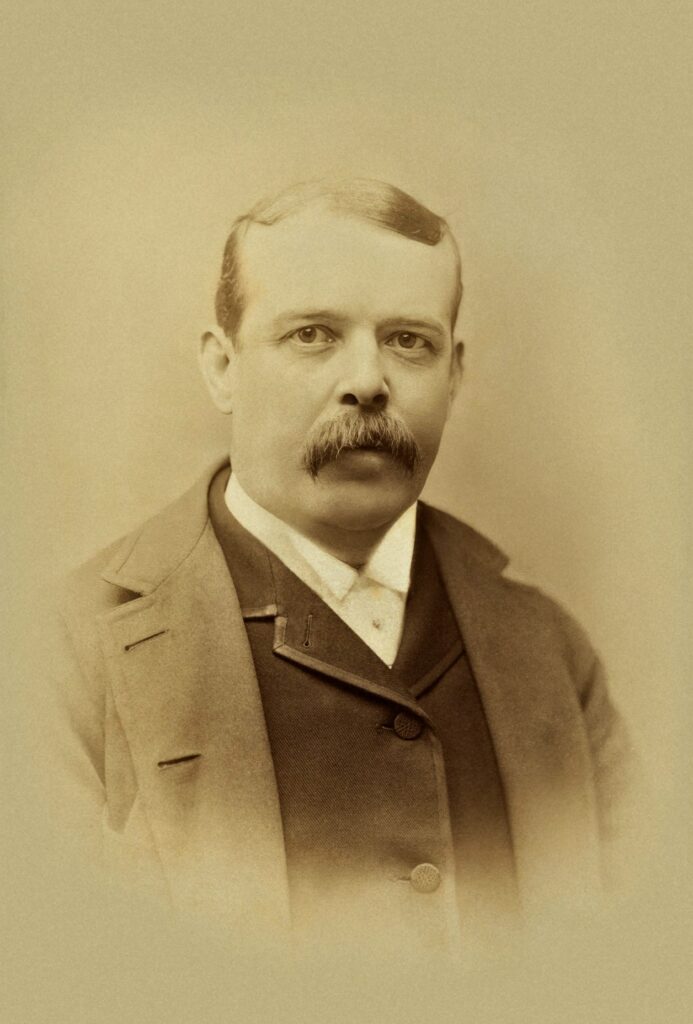
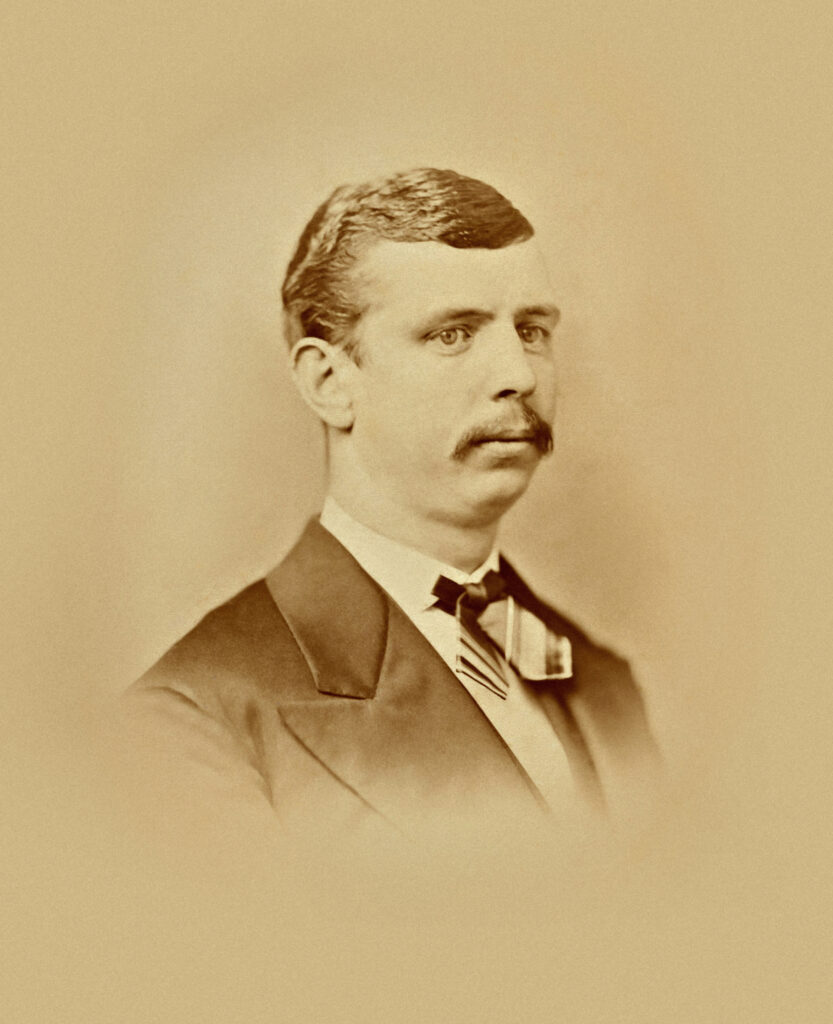
First Generation
The year was 1835. It was a cold March day when 31 year old Owen Fee first set eyes on North America. He had been born in Ireland’s County Monaghan and married his sweetheart, Margaret McMahon at the ripe old age of 30. Owen and Margaret immigrated to Canada and travelled down the St. Lawrence River by steamboat. They arrived in Montreal in July of 1835. Their first child, James, was born in the tiny town of Marieville, just east of Montreal on January 3, 1836. During his first year of life, James and his parents travelled south and settled in Rochester, NY. By 1847, Owen had opened a butcher shop and was living in the Northeast area of Rochester, NY with his wife, Margaret, and their three children: James, Mary Jane, and Owen Jr. Within the next three years, two younger brothers were added to the family. John Fee was born in 1848 (the same year that Owen Sr. became a US citizen). Joseph arrived in 1850. Later, the records of St. Bridget’s Church indicate that six-year-old John and his 15-year-old brother, James, were the first altar boys there when it formed in 1854.
Owen Sr. died in 1855 and on that sad day left Margaret to raise their five children alone. This was a daunting task as they ranged in age from five to mid-teens. Margaret was a strong woman though. She brought James through some stormy teen years and by 1863, the family had converted the butcher shop into a saloon and delicatessen. Together they made sandwiches and sold them at the depot to passengers waiting on trains. By the time James was 25, he had opened a grocery / liquor store at 5 St. Paul Street on the corner of Main St. in Rochester. He named it James Fee & Company and he began making wine. On March 5, 1864, Margaret mortgaged her house to enable her son to do this. The proceeds of the wine business were to be used to support the whole family.
The years passed by quickly and James grew to be a fine young man. In his mid-thirties, he was elected Collector of Canal Tolls in Rochester. James must have had unbounded energy for he ran this post as well as managing the business. He did, however, invite his brothers to help him with the winery. They were now located on North Water Street near the Genesee River in downtown Rochester. Their company further developed into a liquor import business. The Fee brothers not only made many kinds of their own wine but also brought in wine from California and imported European wine. Various brands of liquor were handled there as well.
Brother Owen was a partner and bookkeeper until November 1881, when he died of heart failure at the age of 35. It was only four short months later that their mother, Margaret, died of cancer. In 1883, the three remaining brothers changed the company name from “James Fee and Brothers” to “Fee Brothers”. James and John had formed a partnership and Joseph was their right-had man. They worked together for twelve years building the business until Joseph died in 1895 at the age of 45.
James and John had been through some rough times but more hard times were yet to come. On February 5, 1908, one of the worst fires in Rochester history caused $400,000 destruction to their building on North Water Street. During this time of extreme hardship, James and John remained positive about the future. By August of that same year, rebuilding was completed, and they were back in business. At this time, the next generation had begun to help at Fee Brothers: James’ children, 29-year-old J. Leo and 21-year-old Marguerite, and John’s son, 15-year-old John Jr.
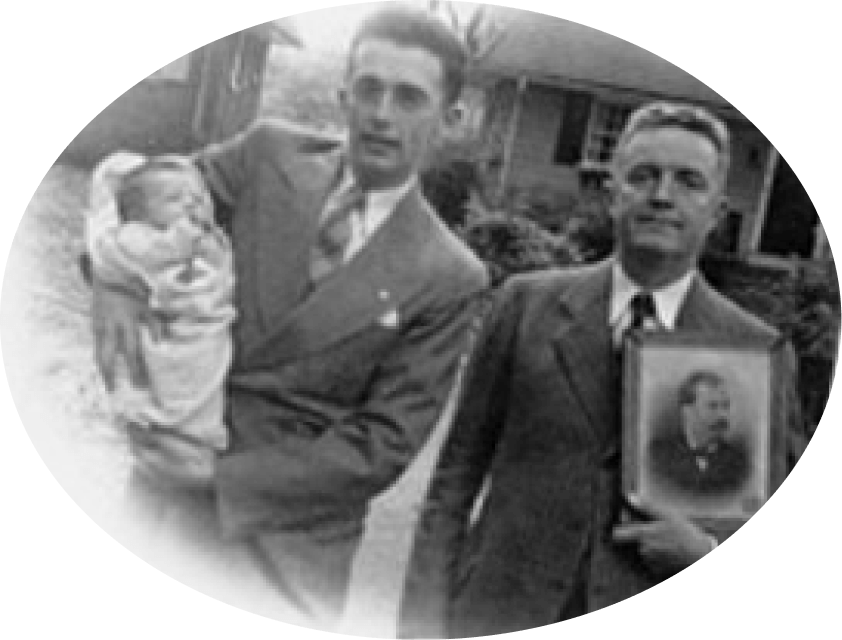
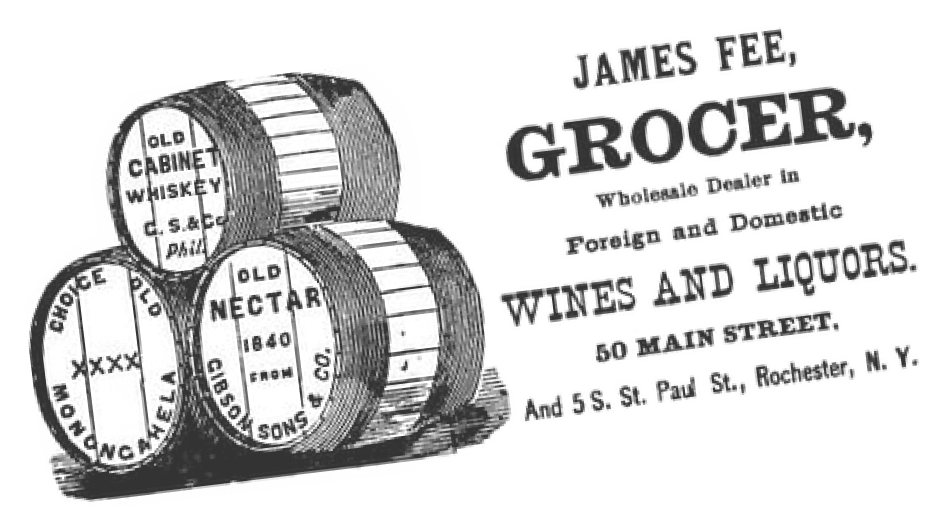
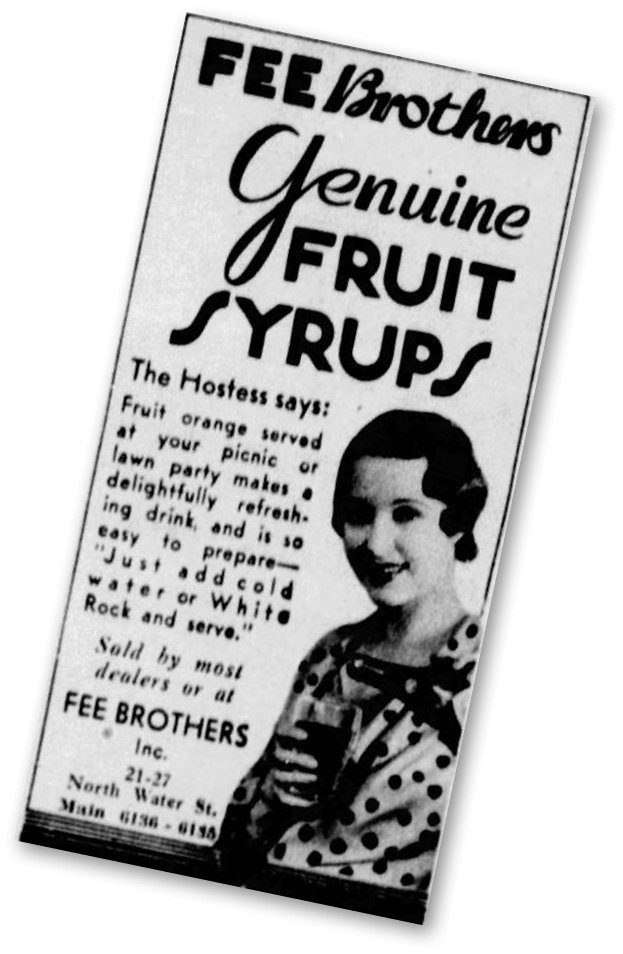
Second Generation
January 1920 marked the beginning of Prohibition during which Fee Brothers continued in business because of a loophole in the laws of the 18th amendment. Each head of household was allowed to make 200 gallons of wine each year in their own home. Since most people were not adept at home wine making, Fee Brothers would send a representative to a client’s home. There, they would set up barrels with concentrated grape juice, sugar, water, and yeast to make a good batch of wine, returning to monitor its progress and eventually bottle the wine. The homeowner would pay for this service. There was also a non-alcoholic malt extract syrup put out by Fee Brothers. It was labeled with the picture of a bear and called “Bruno.” The label said “It’s a bear” (meaning beer) and “Do not add yeast to this product as it is likely to ferment.” We read this today with a smile. John Jr., it seems, was very creative. During Prohibition, saloons survived by obtaining and serving illicit alcohol. This type of liquid refreshment (having been made by amateurs) was not very tasty. Fee Brothers produced flavorings such as Benedictine, Chartreuse, Brandy, Rum, and more. Also, cordial syrups were developed to be added to homemade alcohol as flavoring. This was the origination of the product line of cordial syrups still sold today.
In 1920, John Jr. married a beautiful young woman of English and Irish descent named Blanche Allwork, who grew up in Brooklyn and Long Island. Blanche had always been thrifty. With her expertise in not spending money and John’s good business sense, Fee Brothers slowly began to grow. John and Blanche had two children. Their son, John C. Fee III “Jack,” was born in July of 1921 followed by Nancy in May of 1923. During the 1930s and 1940s, John II and Blanche continued in their efforts to expand the business.
With the repeal of the 18th Amendment, Fee Brothers returned to the sale of wine in December of 1933. Pre-prohibition records show that Fee Brothers had 28 employees. However, the decreased sales during the Prohibition years combined with the terrible economic conditions of the Great Depression, forced the company to downsize substantially. John decided to focus on producing wine and further developing cordial syrups. He also developed an easy-to-use concentrated product called Frothy Mixer. It gave a delicious lemon flavor to Whiskey Sours and Tom Collins and an attractive frothy “head.” This became very popular along with the motto “Don’t Squeeze, Use Fee’s.” John II’s creativity began the Fee Brothers cocktail mix product line.
As 1950 approached, their wine business was receding, so John II started making plans to drop that portion of the business and concentrate on the non-alcoholic products which were gaining popularity. The most profound change came to Fee Brothers when John C. Fee II died suddenly in October 1951 at the age of 58.
Blanche completed the transaction that her husband had started by selling the building on North Water Street to the Rochester Daily Record Co. in December of that same year. For about a year and a half, Blanche and daughter, Nancy, attempted to manage the business, renting space from the Daily Record. Since John II’s plans had been to discontinue production of all their alcoholic items, it was necessary to declare these intentions to the government. Fee Brothers was going to be taxed on all wine which was yet unsold. Blanche stood by as the Internal Revenue Service, using axes and hatchets, dumped thousands of gallons of wine into the Genesee River. Unfortunately, much good wine was wasted that day. With the passing of John II, went the passing of much needed knowledge. Neither Blanche nor her daughter, Nancy, knew enough about production or finance to continue managing the business without advice.
John II’s son, Jack (John C. Fee III), had graduated from St. Bonaventure University in 1943 with a Bachelor of Science Degree in Chemistry. After graduation, he worked in the US Army Chemical Corps and also for Eastman Kodak as a Chemist. Jack had helped his father for a couple of summers but his duties mainly involved maintenance. He had no experience in production, product development, or marketing. To complicate this situation, his father had written most of the recipes in an indecipherable code. In 1951, Jack started to help his mother and sister. He worked days at Kodak and evenings, making batches at Fee Brothers. With very few clues to aid him, Jack spent two years redeveloping those elusive recipes. In 1953, he quit his job at Kodak. Once again, Fee Brothers had been passed to the next generation. He started with the already-established Frothy Mixer and from there, continued on a never-ending quest to develop new products.

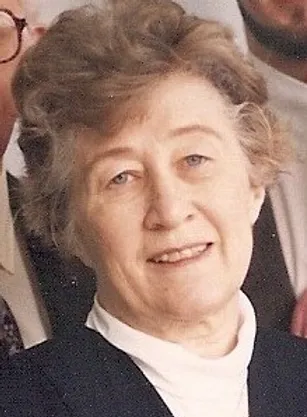
Third Generation
In November 1947, 26-year-old Jack married Margaret Benn. Margaret handled the books and customer service. Blanche continued to help when needed. Jack read volumes and asked questions until he gained enough knowledge to satisfy the void. Before long, new products such as Grenadine and Bitters began to appear on the display shelves in the Fee Brothers front office. Soon Fee Brothers was again hiring employees to help keep up with the orders. The business needed to relocate to a better building. By the end of 1953, Fee Brothers was moved to 114 Field Street off of Monroe Avenue in Rochester. One of the most beloved employees during the Field Street years was Margaret’s father, Joseph Benn. “Joe” worked at Fee Brothers for about four years while at the same time managing his own business, Miller & Benn Funeral Home. Joe’s intelligence, mechanical ability, and great knowledge of tax matters were of enormous help to Fee Brothers during this time. He was missed by all after his sudden death in 1958.
With the addition of new products and more employees, came the need for more space. It was June 1964 when Fee Brothers picked up and moved. The Field Street building had approximately 3,000 square feet of space. The new building on Portland Avenue had about 12,000 square feet. Thinking that this would be all the space he would ever need, Jack smiled and spread out in this this vast expanse. It was only one month prior to the big move to Portland Avenue that Jack and Margaret’s eight child, Joseph, was born. Their children were: John C. Fee IV, Mary, Elizabeth, Margaret, Francis, Ellen, Lucy, and Joseph. Of course, Jack and Margaret worked there daily but those children who were old enough, helped during their summers. All this help, along with the steadfast efforts of three loyal employees (Lucille Gianforti-office, Joe Kearns and Mel Thurman-production) during the 1960s and 1970s, helped Fee Brothers to make a name for itself. New customers and increased orders began pouring in. Fee Brothers became nationally known. Sales were being made all over the US, mostly to restaurants, bars, and bar wholesalers. New and better filling equipment was purchased and a 1500-gallon tank was acquired to handle the increased demand. However, even with all this modernization, care was still taken to assure a clean and neat-looking product. At that time there were only 3 bitters flavors: Orange, Old Fahioned, and Mint. Because of the distinctly unique type of label used for Bitters, those bottles would be labeled by hand. Blanche would often do this job, carefully labeling them one by one. Unfortunately, in the spring of 1974, Blanche had a stroke and passed away at the age of 80.
From 1973 to 1985, Jack’s son, John C. Fee IV worked full time at Fee Brothers as Sales Manager. John travelled to various areas of the US and was instrumental in expanding the customer base. In the Boston area, John promoted Orgeat and Passion Fruit Syrups to Asian businesses. Due to his efforts, Fee Brothers gained a foothold in the cocktail mix market in New England. John also spent a significant amount of time working in the Carolinas. South Carolina was especially fertile for Fee Brothers because they had a unique law that required bartenders to mix alcoholic beverages using liquor from mini bottles.
Those mini bottles were not only expensive but would throw off the proportions of the finished cocktail. Once John had informed his Dad about this, Jack promptly developed a non-alcoholic Curacao / Triple Sec syrup, which solved some of those problems for the bartenders. For a couple years, this syrup became the #1 selling product of the company.
John IV found that attending the Bar and Restaurant Association trade shows was a great way of making connections. He was successful promoting Fee Brothers to make annual sales top the million-dollar mark for the first time. John’s work for Fee Brothers was a major influence on the sales and growth of the company.
In May 1979, Ellen Fee graduated from Nazareth College as an Art Major and came to work at Fee Brothers permanently. Before too long, with Jack’s guidance, Ellen became production Manager. At this point, Jack had developed 54 products. Ellen took up the quest to develop more. Additionally, it was very convenient to have the service of an in-house artist.
Fee Brothers was growing rapidly now. What was first viewed as a vast expanse of space, the Portland Avenue building started to become confining. In 1980, the adjacent property to the south was purchased so that a loading dock could be built. This addition also housed the whole shipping department. In May 1992, the building adjacent to Fee Brothers on the north was added to the property. By cutting an opening in the wall, the two buildings were connected. The addition doubled the warehouse space and enabled Jack to realize his dream of a Fee Brothers Museum.
In May 1991, having graduated from Notre Dame University with a degree in Business Administration, Joseph started working on a permanent basis. He was the youngest child of Margaret and Jack. Under Margaret’s watchful eye, he began to take on not only the duties of Office Manager but also the responsibilities of the sales department. During all these administrative challenges, Joe began to bring Fee Brothers into the computer age.
In 1995, it became necessary to create labels for several different new products. However, by this time the label design for the established products had become outdated. With that in mind, Ellen and Joe developed a new label design, depicting the four original brothers: Owen, John, James, and Joseph. The original Fee Brothers signature logo was kept for this new label design. This signature was first written by a man named James O’Rorke. He was the nephew of the famous Civil War soldier, Col. Patrick O’Rourke, who bravely led his troops at Gettysburg. James O’Rorke worked as a bookkeeper for James and John from 1885-1935. This label symbolically combined the old with the new, the roots with the descendants, and the good ideas of the past with the good ideas of the present.
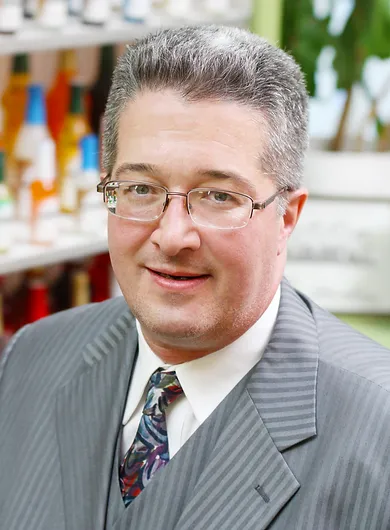
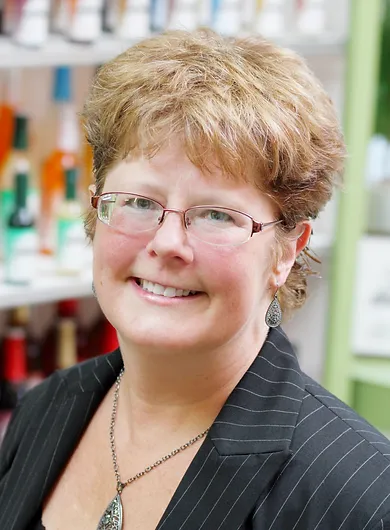
Fourth Generation
In June of 2012, Jack (almost 90 years old) transferred ownership of the business to the 4th generation, daughter Ellen and son Joe. Jack, however, continued to keep a hand in the day-to-day operations. Joe had already begun to travel worldwide to initiate new distributorships and to attend cocktail conventions. In doing this, he made thousands of connections around the world.
In the first year of ownership, Ellen and Joe tackled the need for an additional bottling line. By the summer of 2014, just after the 150-year anniversary, they were able to open a newly built warehouse to the south end of the building. It provided much-needed storage space to hold over 270 pallets of finished goods.
In May 2015, the matriarch of the Fee family, Jack’s wife, Margaret passed away after a long battle with Alzheimer’s disease. In the weeks following her death, Jack would often say that she was the best wife a man could ever want, and he missed her terribly. It was just four months later that Jack died in September 2015 at the ripe old age of 94.
February 2020 brought the sudden passing of Joe Fee at the young age of 55. Joe was a personality well known in the worldwide cocktail community. He was recognized by many as the very tall guy wearing an Australian leather hat. Joe had a reputation for his sense of humor and willingness to be helpful to just about everybody. Over the years, Joe brought the bookkeeping and banking a generation ahead. He had also updated the various production lines to be state-of-the-art. Joe’s financial knowledge and machine repair skills could be replaced, however, the loss of his personality left behind a big hole. As the world found out about his death, thousands of condolences came to the Fee Brothers office.
Then the business was owned solely by Ellen Fee. During her years as a manager of Operations and R&D, Ellen had added on 67 new products. But at the age of 62, she realized it was time to start training the fifth generation before she could retire.
Fifth Generation
In March 2020, Benjamin Fee Spacher joined the Fee Brothers team and trained to take over Ellen’s job as Production Manager and Batch Maker. Born October 1986, Benn is Ellen & Joe’s nephew, the youngest son of their sister, Mary Fee Spacher. He earned his college degree in Technology from Oswego University. Before coming on board to Fee Brothers, Benn had worked in IT and IT security. As a teenager, he had spent most of his summers working in the Fee Brothers production department. Benn is very adept with common sense and mechanical skills, and has a strong work ethic.
Benn became COO on January 1, 2021, when Ellen transferred ownership to him and his brother Jon. Jonathan F Spacher is the eldest son of Mary Fee Spacher, born May 1976 and a graduate of Penn State University with a degree in Insurance. He spent 24 years working in the Insurance industry, ultimately becoming a regional president for a national insurance company. In April 2021, Jon started at Fee Brothers as CEO. Jon has a real knack for business and sales and a great enthusiasm for the cocktail industry.
For many years, Fee Brothers was one of the last producers of Cocktail Bitters in the United States. Once referred to as “The Noah’s Arc of Bitters,” they kept those products from going extinct before the great classic cocktail revival. Fee Brothers continues to stretch and expand. Their products have been shipped to every continent except Antarctica, which as of this writing, is lacking a known restaurant or bar.
Could James, Owen, John, and Joseph ever have dreamed in the 1860’s what the future would hold? Many years have passed since that little saloon/delicatessen was established in 1863. The care that Fee Brothers puts into bottling their products and the concern for each and every customer’s needs carries the company into the future. The Fee family takes pride in their company’s history by displaying this little verse:
“The House of Fee by the Genesee
Since eighteen hundred and sixty-three.”
